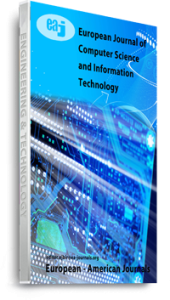This article examines how Enterprise Resource Planning (ERP) finance systems transform procure-to-pay (P2P) processes in large-scale organizations across various industries. Traditional P2P operations often suffer from inefficiencies including manual data entry, disjointed systems, approval bottlenecks, and limited visibility into spending patterns. ERP solutions address these challenges by integrating procurement with financial operations, automating workflows, and enhancing transparency throughout the P2P lifecycle. It explores implementation across retail, financial services, and educational institutions, highlighting how each sector leverages ERP features to meet unique requirements. Key transformative capabilities discussed include intelligent invoice processing, real-time analytics, and supplier collaboration portals. The article identifies critical implementation challenges—data fragmentation, user resistance, and legacy system integration—along with proven strategies to overcome them. Best practices for P2P excellence are presented, focusing on process standardization before automation, strategic supplier segmentation, and continuous improvement frameworks. Looking ahead, the article examines emerging trends that will shape future P2P transformation: AI-driven procurement intelligence, blockchain for secure transactions, and embedded ESG (Environmental, Social, Governance) considerations. It provides organizations with a roadmap for leveraging ERP finance systems to transform procurement into a strategic asset that delivers operational efficiency, enhanced compliance, and sustainable cost savings.
Keywords: ERP finance systems, digital procurement, procure-to-pay transformation, supplier relationship management, supply chain integration

